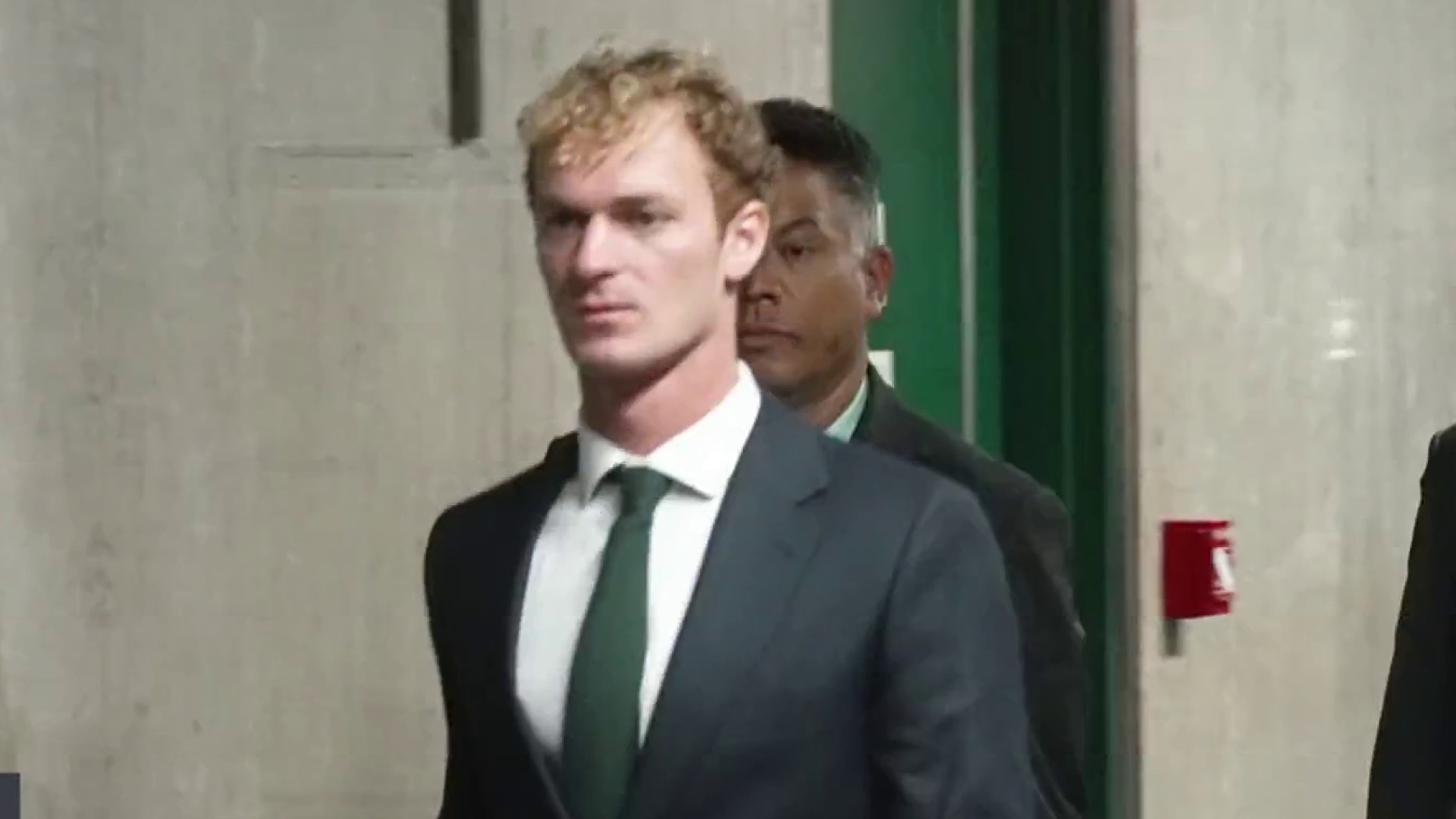What to Know
- Data from 1,100 parks showed rape increased 40 percent and felony assaults rose 34 percent.
- Crotona Park in the Bronx and Prospect Park in Brooklyn saw the most violent crime.
- Police Commissioner Bratton says crime remains relatively low compared to the volume of park users.
As crime in New York City continues to hit new lows, and Central Park is statistically safer than ever, violent crime has increased dramatically in other city parks.
NYPD statistics analyzed by News 4 New York and the independent group New York Parks Advocates found violent crime jumped 23 percent from June 2015 through March 2016, compared to the same nine-month period last year. The numbers are striking considering total crime in parks only increased 3 percent.
The comparison, which covered more than 1,100 city parks, showed cases of rape increased 40 percent, felony assaults jumped 34 percent and robberies spiked 15 percent. Murders were up 200 percent, from two to six. In total, 417 people reported being the victims of violent crimes compared to 340 in the prior nine months.
“It’s pretty shocking,” says Geoffrey Croft, president of New York Parks Advocates. “A 23-percent rise in violent crime is very serious and the fact that more than one person a day is reporting being a victim of violent crime is very serious.”
The parks reporting the most violent crimes: Crotona (17), Prospect Park (15), Flushing Meadows-Corona (15), Claremont (14) and Riverside (13).
New York City Councilman Rory Lancman, who grew up in Queens and represents part of the borough, isn’t surprised by the numbers. “For many years, Flushing-Meadows Corona Park has kind of been the forgotten stepchild of the New York City parks system. Our crime rates have always been relatively high compared to other large parks.”
Local
When asked about the increase, NYPD Commissioner Bill Bratton said it’s important to put the numbers in context. “The parks in the city are heavily utilized so some of the victimization you’re seeing is reflective of many of the larger number of people in the parks,” he said. “But the overall numbers are still very, very small.”
Indeed, only five parks registered double-digit reports of violent crimes in the nine-month period. The top-ten list is rounded out by Fort Tryon Park (8), Highbridge (8), Mullaly (8), St. Nicholas (8) and Franz Sigel (7).
But Croft says it’s the percentage increase that worries him. And he blames a lack of crime enforcement. “If you don’t have an adequate police force to patrol parks, it’s a recipe for disaster,” he said. “You’re inviting the public into parks, but you’re not providing adequate security – and that’s what we’ve seen from this enormous spike in violent crime.”
Outside of Central Park, which has its own NYPD precinct, parks safety is handled by unarmed NYC Parks Department enforcement patrol officers (PEP) in conjunction with the NYPD. A Parks spokesperson told News 4 New York the department maintains strong lines of communication with precincts to address trouble spots, share information and provide any assistance needed by the NYPD to investigate crimes that occur on NYC Parks property.
The office also told News 4, "Parks Enforcement Patrol (PEP) consists of unarmed peace officers who help to uphold quality of life rules in the city’s parks. Still, the NYPD is the principal anti-crime force in the city, including in all parks."
The Parks Department touts an increase of 147 PEP officers in the past two years and an expansion of patrols in the Bronx. The total force is approximately 300 officers.
Croft says with more than 1,100 parks in the city, it’s not nearly enough. “We have to start addressing this,” he said. “Each year the city officials allocate a fraction of the funds needed to properly secure our public parks. It’s just not a priority.”



